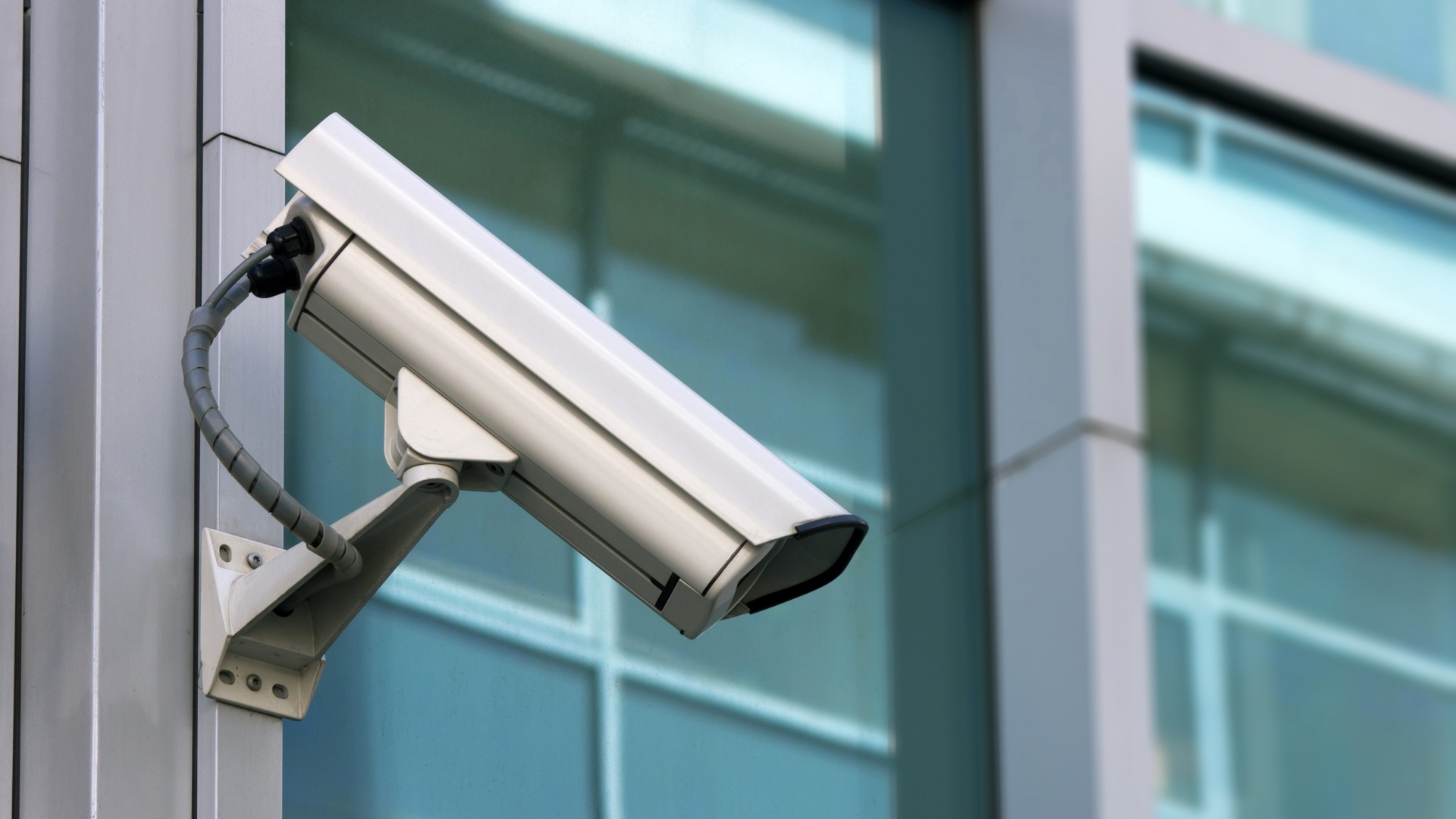The importance of Traffic cones for modern highways
Take a drive down a motorway in the UK and it won’t be long until you spot a collection of Traffic cones. More often than not the Traffic cones will be used to filter traffic away from a particular lane on the motorway; it’s common to see long lines of cones on the major road networks when updates and repairs to the road surface are being made.
The Traffic cones you see on a motorway are exactly the same shape and colour as the cones you might find on minor roads, the only difference being they are much larger in size. On motorways and major A- roads, larger and heavier types of Traffic cones have to be used to prevent passing traffic from blowing them over. They tend to be made from recycled plastic and come with heavy rubber bases and they are supplied from sites that stock quality safety helmets.
Safety is vital when placing Traffic cones
If you have ever wondered where the Traffic cones come from on motorways and A-roads, they are either placed into position overnight when the roads are quieter or they can be placed into position one at a time from the back of a slow moving vehicle.
Careful positioning of Traffic cones can be undertaken under strictly controlled procedures, in most instances large bright yellow lorries are used that have rear-facing flashing lights and signs that filter motorists into specific lanes. Highway workers carefully drop the Traffic cones into position one at a time wearing safety helmets until the entire lane is closed off to motorists.
Thanks to the heaviness of the cones and their hard-wearing nature they can be left in position until the road works are completed.
Other types of Traffic cones
As well as motorway Traffic cones you’ll often see cones being used on the minor roads of the UK. Traffic cones are a familiar site on minor B roads where repairs and updates are being made. In these instances the size of the cones does tend to vary they can be anywhere from 450mm in height to 750mm in total.
By design the Traffic cones have to conform to the latest British standards and they should be equipped with reflective sleeves as standard. Traffic cones are an important safety feature on modern highways and byways; they help to protect road workers by giving motorists a visible type of warning.
Traffic cones from manchestersafety.co.uk. We are a leading online supplier of safety helmets for the best online prices– Visit us today for more information!



